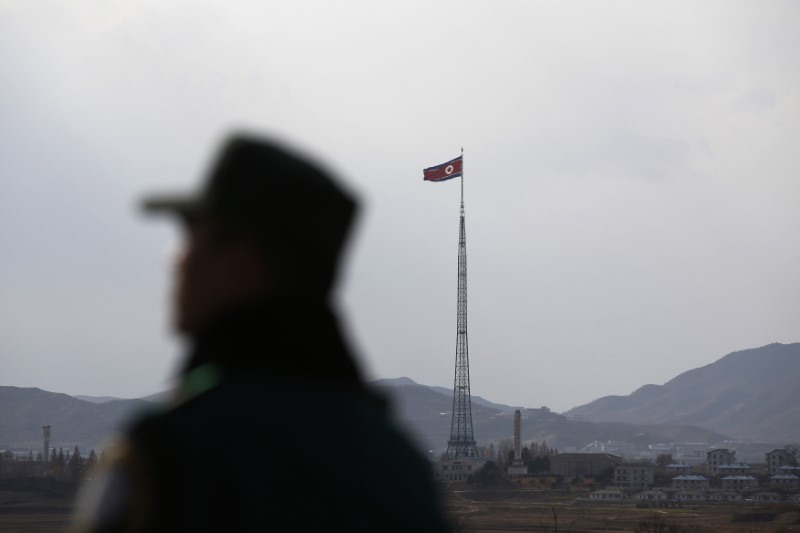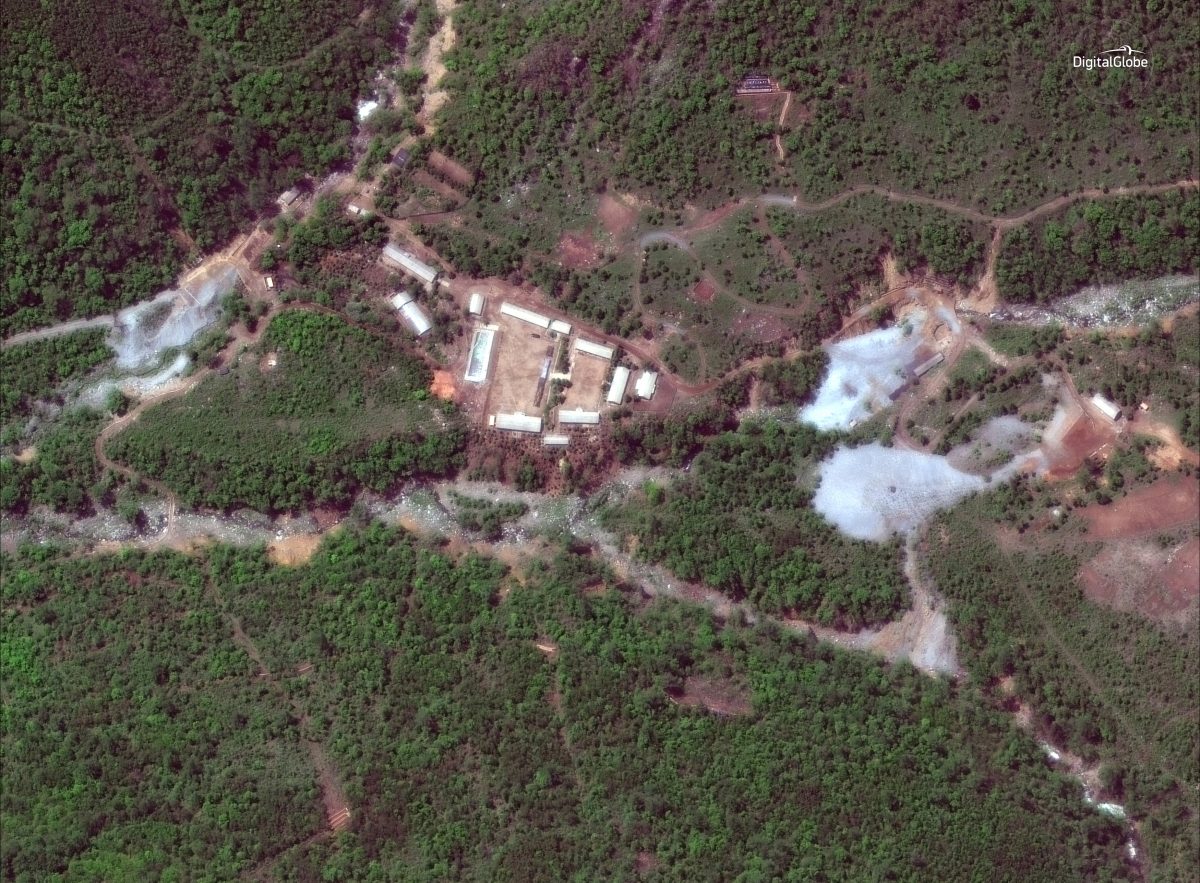


More than 800 North Korean defectors who lived near North Korea’s Punggye-ri nuclear testing site before escaping to South Korea will be offered radiation exposure tests, a South Korean government official said.
This came after a recent study revealed that more than a million North Koreans living near the Punggye-ri nuclear testing site could be exposed to radioactive materials spreading through groundwater.
Ministry of Unification’s spokesperson Lee Hyo-jun said the ministry will seek consent from 881 North Korean escapees who meet the criteria for the radiation test. Those who consented will also be given a health checkup.
Nine of 40 North Korean escapees tested in 2017 and 2018 showed signs of radiation exposure, but no causal relationship could be established and none of them needed medical treatment, according to the official.
Lee explained that there was no control group at the time, and the number of samples was limited to generalize the results, Radio Free Asia reported.
“There was insufficient information to identify confounding variables such as smoking and heavy metal poisoning, making it difficult to generalize the results. We are pushing ahead with a full-scale investigation to obtain meaningful results,” Lee told reporters.
The Seoul-based Transitional Justice Working Group revealed that nearly 900 people from the region around the Punggye-ri nuclear testing site have escaped to South Korea since North Korea’s first nuclear test in 2006.
They called for resumption of radiation testing for North Korean escapees, citing the lack of access to North Korea’s nuclear facility.
According to their research report, more than a million North Koreans living in the cities and counties near Punggye-ri used groundwater for daily activities.
“North Korea’s 2008 census results show that nearly one out of every six households (15.5 percent) in North Hamgyong province, which includes Kilju County, uses groundwater, waterhole, public tap, spring, etc. as drinking water,” it stated.
The report states that populations in neighboring countries, including South Korea, China, and Japan, are also exposed to radioactive risk due to agricultural and marine products smuggled from North Korea.
“If the radioactive materials disseminate through water, it can also affect the agricultural products from the Kilju plain and the marine products from nearby seas,” the group said.
They urged South Korea, Japan, and China to investigate the contamination risks of North Korean agricultural and seafood products, given that the area around the nuclear testing site is a food-producing region with a network of streams that lead to the sea.
North Korea has repeatedly insisted that there are no radioactive material leaks or negative impact from its nuclear facility, but the regime failed to offer any scientific evidence.
In 2018, North Korea invited foreign journalists to witness the dismantling of some tunnels at the Punggye-ri nuclear testing site but confiscated the journalists’ radiation detectors.
North Korea demolished the Punggye-ri site in May 2018 as a sign of its commitment to end nuclear testing. But South Korean and American intelligence reported spotting construction work at the site in recent years.
Analysts from the James Martin Center for Nonproliferation Studies said in a 2022 report that construction work had occurred at the Punggye-ri site, citing satellite images captured on March 4, 2022, by the commercial satellite firm Maxar.
Jeffrey Lewis, co-author of the report, speculated that the images could signal that North Korea intends to restore the test site and begin nuclear explosive testing, though this could take months or years to complete.
He added that North Korea could also resume nuclear testing at another place.
“How long it would take North Korea to resume explosive testing at the site depends on the extent of the damage to the tunnels themselves, something we do not know with confidence,” Lewis said in the report.
The Associated Press contributed to this report.

